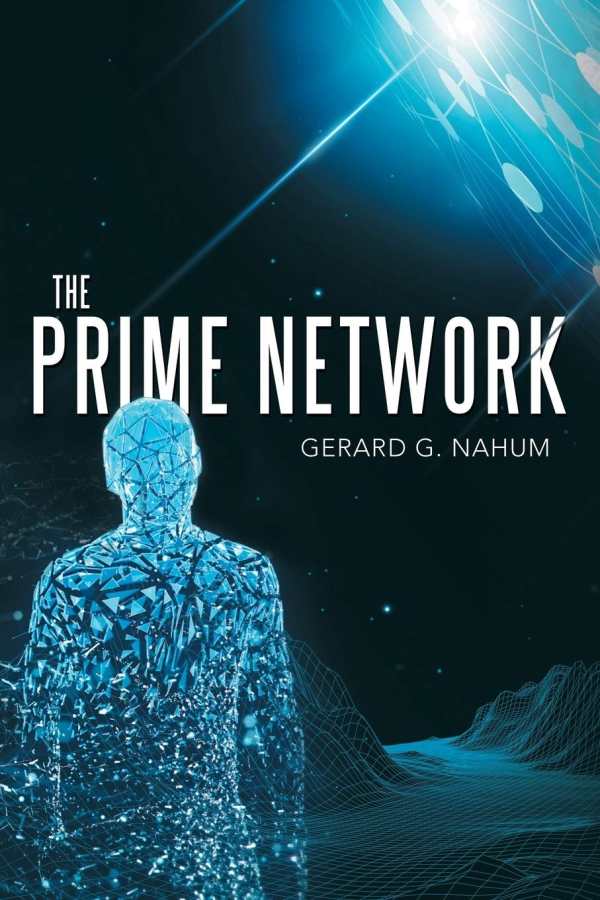The Prime Network
In the technothriller The Prime Network, a brilliant scientist takes on questions of free will and the interconnectedness of reality.
In Gerard G. Nahum’s contemplative thriller The Prime Network, a man discovers the secrets of the universe and struggles to do what’s right.
In college, Roger crafts a theory that draws upon multiple disciplines, including quantum physics and information science. He posits that understanding reality requires deciphering the connections between dimensions beyond the four observable ones: length, width, height, and time. He also invents technology—which he keeps contained within an ordinary briefcase—that gives him the ability to read, interact with, and manipulate what he calls the Network.
Before learning about his technology, the world believes that Roger possesses unique talents; since no one can replicate his technology, Roger becomes embroiled in international affairs. Then the Network comes under attack, and Roger faces the ramifications of his invention. He has to work to prevent reality from tearing itself apart.
The narrative skips around in time, kicking off with Roger heading to the White House for a meeting before backing up to explain his technology and the events leading up to its invention. This irregular structure brings attention to the book’s plot inconsistencies, including the attribution of Roger’s predictions to his mental prowess, rather than to his famous device. Too much space is devoted to technological explanations, meetings, and press conferences; they carry authority but are dry. They also often repeat: Roger teaches the same concepts to various audiences throughout the book.
The Network becomes its own character—a dynamic, living organism—even as Roger attempts to master it, and manipulate connections through it, to effect positive change. Using the Network: Roger tries to save dying child and to alter the weather to ensure a cargo ship’s transit. In the process, the true nature of the Network is revealed: it becomes driven to protect itself and its unknown goals, which are at odds with Roger’s. Roger, meanwhile, functions more as a voice for the Network than anything else; his personality, beyond his intellect, is underdeveloped, though his steadfast moral code is a grounding force. Secondary characters bleed together, including the government officials who try to sway Roger to their side.
Once the story’s focus shifts from explaining the Network to concentrate on Roger’s attempts to manipulate the Network, it becomes more thrilling; the fate of all of reality is suddenly at stake. Roger faces manipulation and the loss of his device; the connections within the Network flare up and act in erratic fashions. But the causes of the Network’s flare ups are underexplored, and the book’s conclusion is underwhelming as a result.
In the technothriller The Prime Network, a brilliant scientist takes on questions of free will and the interconnectedness of reality.
Reviewed by
John M. Murray
Disclosure: This article is not an endorsement, but a review. The publisher of this book provided free copies of the book and paid a small fee to have their book reviewed by a professional reviewer. Foreword Reviews and Clarion Reviews make no guarantee that the publisher will receive a positive review. Foreword Magazine, Inc. is disclosing this in accordance with the Federal Trade Commission’s 16 CFR, Part 255.

